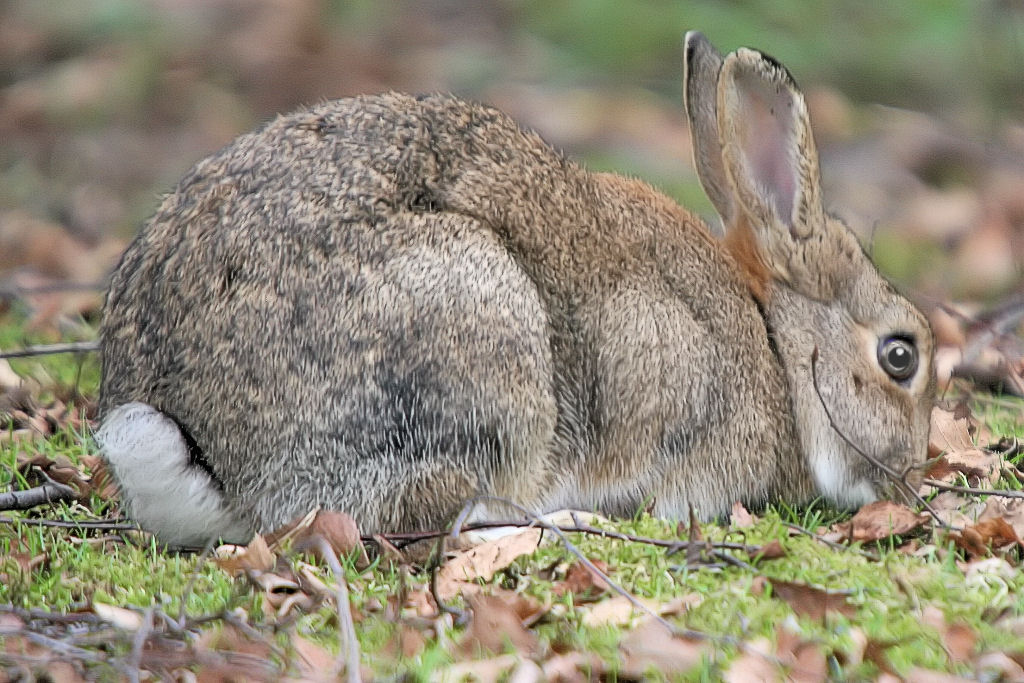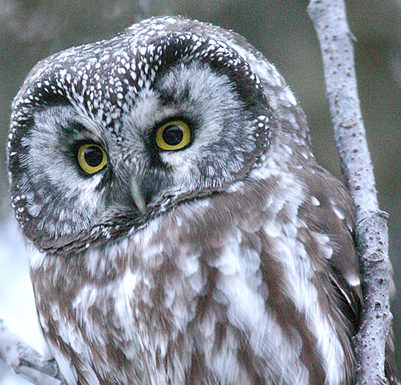Building Next Generation Units – Harder Than We Thought

Last year, when our district decided to roll out one Next Generation “mini” unit per grade level for K-5, we decided to design the mini units ourselves. We figured, how hard could it be? We were already teaching a lot of the content, we could “next gen” what we were basically already doing by adding models, introducing phenomena, and adding some strong questioning techniques. In some ways, it’s been easier than we thought, but in many ways, a lot harder.
One of the toughest things was adjusting to the idea that we’d no longer be dedicating whole units to the study of particular animals. For example, when we built our grade 4 unit on internal and external structures, we figured we could keep one of our favorite grade 4 activities, dissecting owl pellets, as part of the new unit. After all, the parts of the owl’s external structure (eyes, feathers, talons, etc) and internal structure (digestive system) that we would be studying all support the animal’s survival, growth, and behavior. We’d continue to use zSpace virtual technology to investigate the owl’s internal structure, with literature and non-fiction resources to explore the external structure. The phenomenon was the owl pellet – how cool! Easy. We’d done it before.
As it turned out, using an animal we’d already taught made things both easy and hard. We’d done it before, but in many ways making significant changes to something we’d already done with different goals, was harder than starting from scratch. We used to refer to this section of our curriculum as the “owl pellet” unit. Our old assessments contained specific questions about owls and owl pellets. Keeping these great activities and resources made it difficult for us to let go of the idea of an “owl pellet unit” and embrace the idea of an “Internal Structures and Functions” unit where the owl pellet would simply be the phenomenon that allowed the students access to the core concepts of structure and function. No longer could we expect our students to simply become experts on owls – we needed them to become thinkers and investigators who would be able to generalize from their study of owls to structure and function of all animals. That’s a big leap, and in our first year, we didn’t completely make it.
Later in the unit, while introducing structure and function of plants, we encountered a very different challenge. We’d decided to introduce a plant we never had our 4th graders examine before – moss. It seemed like a good choice – there was lots of it available outside, and we could peel it right up and bring it into the classrooms when we were ready. And, we’d be investigating something new. There was only one glitch – it snowed right before this section of the unit, and the snow lasted! This little miscalculation set us back a week!
Ultimately, did we succeed with our first try at a next-generation science unit? In some ways yes – for example, the students got comfortable with the idea of drawing models, and the thinking expressed in the student models definitely got deeper as the unit progressed. The students loved the unit. How awesome is it to have students so excited and interested in their work each day? As elementary teachers, that is the best part of our job. But – do our students now have a better understanding of generalized structure and function in animals and plants? I’m not sure. In the end, they knew a lot about owls and moss, which was not the goal. But, we’re learning! We may have had mixed results this time, but we’re still evaluating and thinking about changes for next year.
Calling All Elementary Science Teachers: Building Great Science Units Around Phenomena

When we think of phenomena, we usually think of things that are big and dramatic, hence the expression, “that’s phenomenal!” The biggest science phenomenon of the summer may have been the solar eclipse – huge and spectacular (unless you watched it from Long Island, in which case it may have felt like a bit of a tease). The devastating hurricanes that came at the end of summer are also awe-inspiring (although devastating) phenomena.
But “phenomena” has a broader meaning. In Next Generation science, a phenomenon doesn’t have to be big –it can be anything that sparks curiosity and makes us want to know more. A tiny ant carrying a larger insect, a drop of water clinging to a leaf, a magnified grain of sand are all phenomena that can be used to introduce science units because, more than anything, they can inspire us to ask questions like: What is this? What is happening? How does that happen? Can we change what is going on? In Next Generation science, phenomena may or may not awe and amaze us, but they always make us wonder.
As elementary teachers we know all about getting kids to wonder – it’s a key part of our job. Now, as we begin to introduce Next Generation units, we’ll be thinking very deliberately about phenomena that can anchor units as well as phenomena that can introduce particular lessons within those units. The key is to choose phenomena that will get the students wondering, questioning, and lead us into investigations that allow them to discover core science concepts and make connections across disciplines.
Phenomena can be introduced as photographs, videos, demonstrations, sensory experiences; but the best may be those we bring students outside to directly observe. For example: Rabbits are everywhere this fall. Take young students outside to observe them! Then show a photograph that highlights the ears. This will generate lots of questions: Why do they have such big ears? Do they hear better with those ears? What if their ears were not so big? This can be an excellent way to induce a grade 1 unit on sound, or a grade 4 unit on external structures of animals. After the rain, take young students out to see earthworms on the pavement. Then do some digging and observe them in the soil. This will generate lots of questions: Why do they come up from the ground when it rains? Will they die on the pavement? Will they drown in the water? How do they move in the soil? This can be a way to introduce a grade 3 unit on environment and survival, grade K unit on push and pull.
Getting outside provides us with an endless source of phenomena to grab student interest, generate excitement and elicit the kinds of questions we need in order to build understanding as our youngest students discover for themselves the amazing way our world works.



